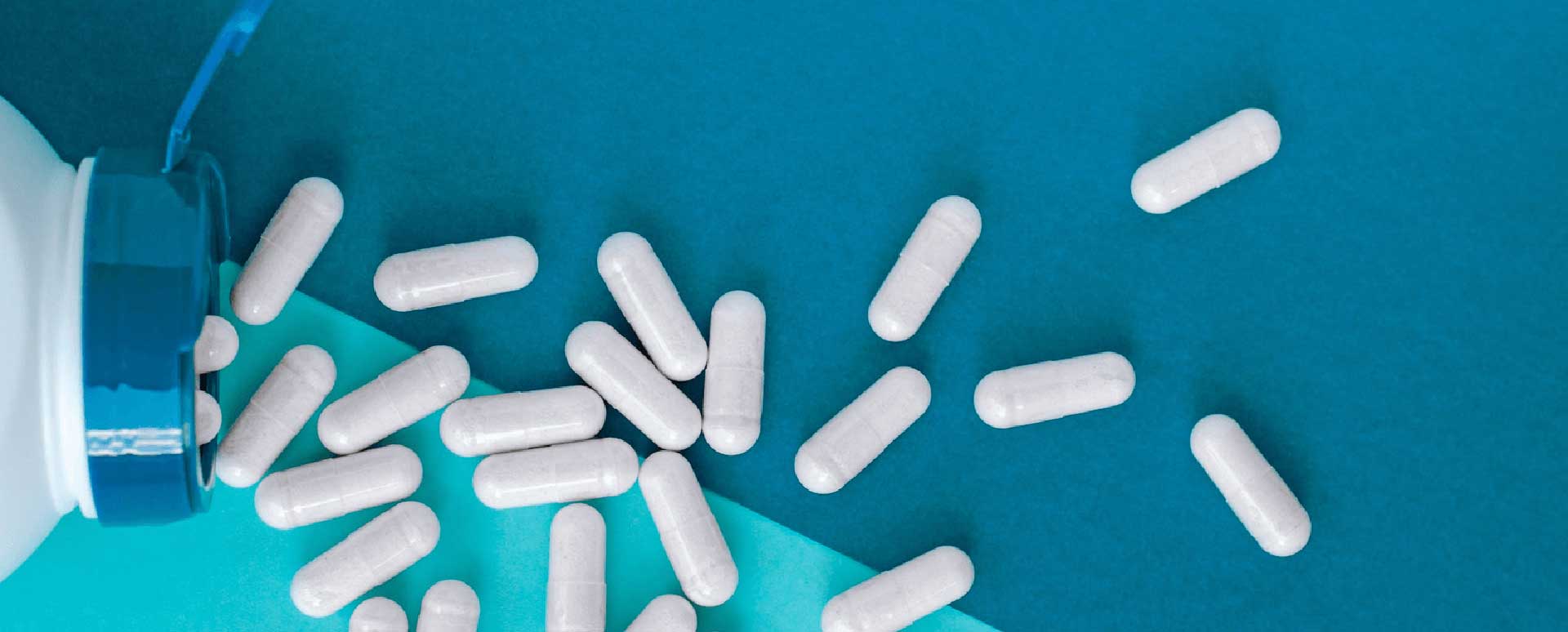
Safety
Contact us
Characterization of the toxicological profile of a compound in light of the potential exposure to humans require the ability to identify, evaluate and understand toxicological data from the scientific literature.
A typical toxicological evaluation on a compound requires multiple steps:
- the identification of the potential hazard that identifies the chemicals that patients may come into contact with
- the exposure assessment, quantify the maximum quantity of the compound that could be administered to patient
- The toxicity assessment is the step where the scientific information concerning the toxicological properties of the compound are searched, evaluated and reported, taking into consideration systemic and local toxicity end-point such as Genotoxicity, Acute, Sub-acute, Sub-chronic and Chronic systemic toxicity; Toxicity to Reproduction and Developmental Toxicity; Carcinogenicity, Skin irritation and Skin sensitization.
This step allows the toxicologist to calculate an acceptable dose of the compound, called Permitted daily exposure (PDE, also known as Tolerable exposure or Acceptable Intake)
- In case no literature data exists, alternative approach may require the evaluation of chemical structure and identification of similar compound (QSAR) or in silico prediction through software and algorithms
- Once obtained the “PDE” (µg/day) for a compound, it should be compared with the Maximum Daily Intake (MDI) of the compounds in order to define an acceptance criteria of the substance.
Safety of drug products is a critical aspect. Unwanted compounds could be generated during manufacturing, storage and administration of a drug product and they can alter the safety profile of the product and ultimately represent a concern for the safety of patients.
Impurities arise for example from API and excipients degradation, packaging and process components (extractables and leachables), environment, raw materials, utilities (water) and operators.
A risk assessment could help to identify any potential source of risk prior to its safety characterization.
- Impurities safety characterization (ICH Q3A, ICH Q3B and unknown impurities)
- Special impurities (elemental impurities ICH Q3D, nitrosamines)
- Toxicological assessments and PDE calculations
- Genotoxicity (ICH M7)
- Occupational exposure limits
- QSAR and in silico predictions
To get more information you can click the button below, you will be contacted by our experts as soon as possible.
Contact Us